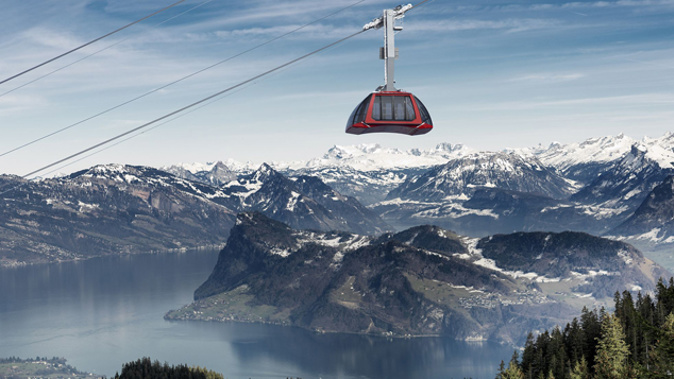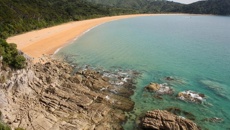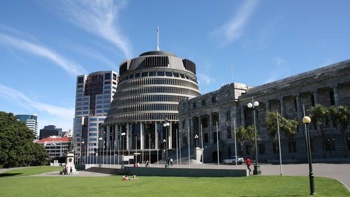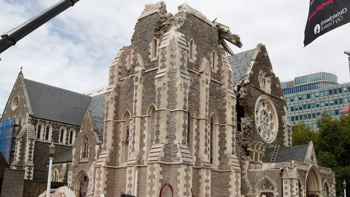
“ Snow is on the way, you can smell it,” remarked my chirpy breakfast waiter with a self-confidence you wouldn’t question. I’d never considered whether looming snow could be detected by one’s nostrils, but it was certainly an ominously crisp November morning. Moments earlier, I’d been gazing dreamily from my lakeside hotel window, spell-bound by the mist gently rising off the water, as the first rays of sunlight caressed the towering peaks that encircle Lucerne like a fortressed cocoon.
Silhoutted against the dawn indigo sky, a sunburst illuminated Mt. Pilatus like a salute. It’s a mesmerising dawn performance by nature that epitomises Lucerne’s stirring sense of place and its uplifting terrain - a landscape lauded by artists over the centuries. Despite being a prized tourist magnet, Lucerne’s pace of life is more mountain town than busy city, home to 80,000 residents. In addition to exploring her lip-smacking outdoorsy pursuits, I was equally keen to dive into her built environment, her insider haunts, hidden treats and architectural treasures- and the stories behind them.
I enlisted one of Lucerne Tourism’s fantastic host guides, Rita Saier, who whisked me around Lucerne on a deliciously absorbing walking tour, studded with entertaining and revealing anecdotes. Rita has been guiding for 15 years and her effusive passion for Lucerne frothed like a Versailles fountain. Walking from the Grand Hotel National, the property is one of a cluster of trail-blazing luxury hotels, constructed in the 19th century to cater to the nascent tourism industry, the wealthy wanderers on a Grand Tour and the first tourist boom of foreigners flocking to Lucerne in the Belle Epoque. Draped along the lakefront like old-school bling, these grand dames of hospitality underscore Lucerne’s alluring sense of grandeur.
Strolling along the picturesque promenade, shaded by the tidy rows of horse chestnut trees, Rita pointed out the pioneering hotel, Schweizerhof, which boldly led the way opening its doors in 1845, even though the railway didn’t open until 1859. Admire the storied old bandstand, on the lakeshore, which was originally built to entertain guests of the Grand Hotel National. Rita pointed out that the trademark Chapel Bridge was previously connected with another covered bridge. The Hof Bridge, led from its northern bridgehead to St. Peter’s Chapel and the glorious Hofkirche, feted for its vaulting twin towers. But the Hof Bridge was dismantled to make way for the luxury hotels and the lakeside promenade in 1834. Just imagine trying to get the Swiss equivalent of resource consent for such a project today! In a city of bridges, there’s no mistaking what a heart-stealer Chapel Bridge is.
Powerfully emblematic of Lucerne, it was an incredible stroke of good fortune that the dismantled Hof Bridge had been kept in safe storage since 1834. After fire ripped through the Chapel Bridge in 1993, causing widespread damage, the dismantled extension provided a handy outlet for spare parts, rapidly deployed to repair and restore the pre-eminent landmark. Chapel Bridge and Water Tower mark the upper end of the old city, where the waters of Lake Lucerne flow into River Reuss. Originally forming part of the medieval town’s fortifications, the bridge was built in 1333 and the Water Tower, thirty years later. Revered as the oldest surviving truss bridge in the world, its rafters festooned with 17th century painting panels, the educative artworks illustrate Lucerne’s early history, through the lens of the Catholic Church. 85 of the 110 paintings were destroyed by the fire although a few burnt panels are still on display as a reminder of the fire, along with the panels which survived intact.
Gaze up and the crenellated old city walls, studded with nine towers, have been keeping watch for 700 years. They’ve also been keeping time. The oldest of Lucerne's clocks, built in the Zyt tower in 1535, chimes hourly, exactly one minute before all the other city clocks, in honour of its heritage as a timekeeper for merchant ships. Explore the walls for spectacular panoramas over the rooftops. I dived into the old town (Altstadt) with Rita, a resolutely preserved honeycomb of old burghers' houses and tiny squares with tinkling fountains. Some of the timber-framed buildings flanking the cobbled streets are brightly painted in frescoes, denoting their back story and injecting the area with a fairy-tale ambience.
Rita also exhorted me to try the traditional Lucerne-style coffee, Kafi Luz, which dates back to the days when farmers would drink Schnapps before breakfast to warm up. Authorities banned the habit so the inventive farm folk surreptitiously poured their favourite tipple into their coffee. Nowadays it’s an apres ski drink of choice, consisting of coffee, sugar, whipped cream and fruit brandy, usually cherry, plum or prune brandy. It’s certainly effective for internal heating, but one cup will suffice. And one other local taste that took my fancy was the chocolate chip bread roll. They’re called schoggibrotchen – a great on-the-go pick me up, and you’ll see them everywhere.
Heading over to the Lowenplatz area, the tourist hordes converge on the show-stopper in sandstone, the Lion Monument. This huge figure of a dying lion hewn from the face of the rock ledge, was designed by Thorwaldsen in 1820. The tear-jerking monument commemorates the death of the Swiss Guards who were killed while trying to protect King Louis XVI during the French Revolution in 1792. I also ventured into the Glacier Garden, a unique attraction which also doubles as a geological museum. Its main draw are the huge glacial potholes and dramatic rock formations which were discovered by chance, when a wine cellar was being constructed by a local in 1872. Now protected as a national monument, the garden is like a geological walk through time, showcasing how the land and climate has changed, the legacy of the last ice age and how the retreat of the glaciers has redefined the landscape.
Nearby, many visitors miss what is a remarkable war memorial, the immense Bourbaki Panorama. Believe me, you’ve got to see it. It’s the world’s largest circular painting, completed in 1881. It’s the length of a rugby field and depicts in hyper-realism the retreat of the French Eastern Army into Switzerland in 1871 during the Franco-Prussian War. As you stand in the middle of this painting, life-size figures and actual objects, like railway wagons, turn it into a 3D, multi-sensory spectacle, highlighting the devastation of war, with soldiers slowly dying and refugees scrambling across the Alps with their possessions. It’s incredibly confronting.
In the romantic age of the "Grand Tour" route, some of Lucerne’s luminous visitors included Mark Twain, Goethe, and Queen Victoria. Still mourning the death of Albert, Victoria decided to honour her late husband’s love for the Swiss Alps, sketching both Pilatus and Rigi. The railway to the mountain top of Rigi hadn’t opened, so Her majesty was carried up to the peak of Rigi in a sedan-chair, 1800 metres high. What a herculean effort that must have been to cart her up to the summit! Rigi and Pilatus were among the pioneers of alpine tourism around the world and I relished some peak moments in Lucerne.
I plumped for Pilatus, which rises dramatically from near sea level, reaching 2100m. Situated between Lucerne and the sunset, the mountain is routinely backdropped in red skies. This has long fixated local folklore who call the glow dragon’s breath – many fanciful yarns endure about dragons living on the mountain. Swiss engineering is on full display, you can scale the mountain by cable car, gondola, ski lift or the world’s steepest mountain railway, with gradients of 48%. First opened in 1889, the cogwheel train hauls you through incredible alpine meadows, past sparkling mountain streams and menacing rock faces. It’s a stunner. Similarly, sample the brand new aerial cableway, nicknamed the Dragon Ride, as part of your mountain romp. There’s a stack of hiking trails from the summit and those achingly beautiful views will astound you. It will be the icing on the cake of a Lucerne holiday. www.luzern.com
Mike Yardley is Newstalk ZB’s Travel Correspondent on Saturday Mornings with Jack Tame. 11.20am
Take your Radio, Podcasts and Music with you









